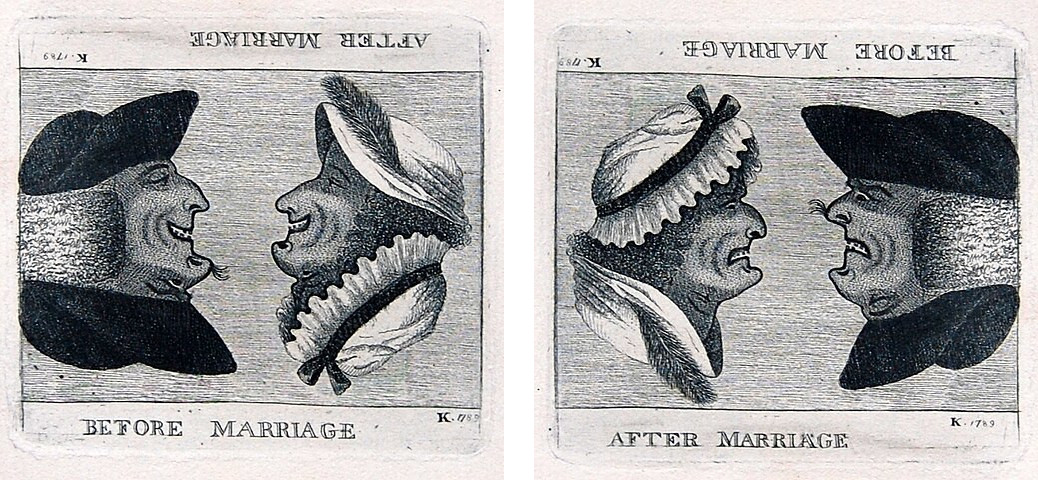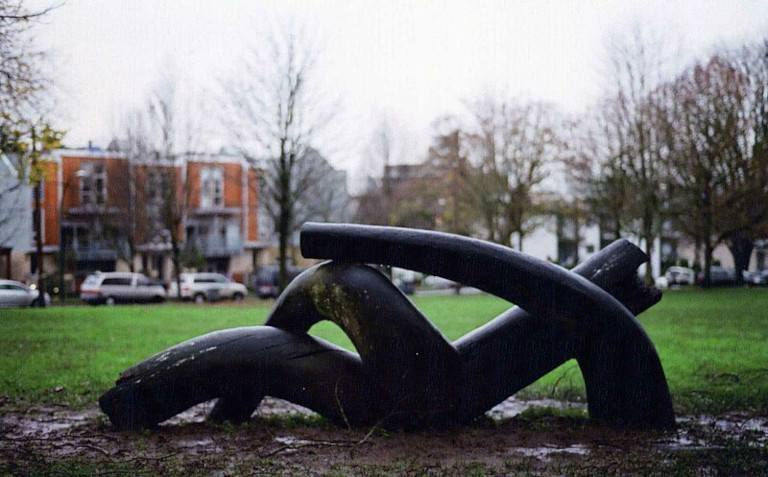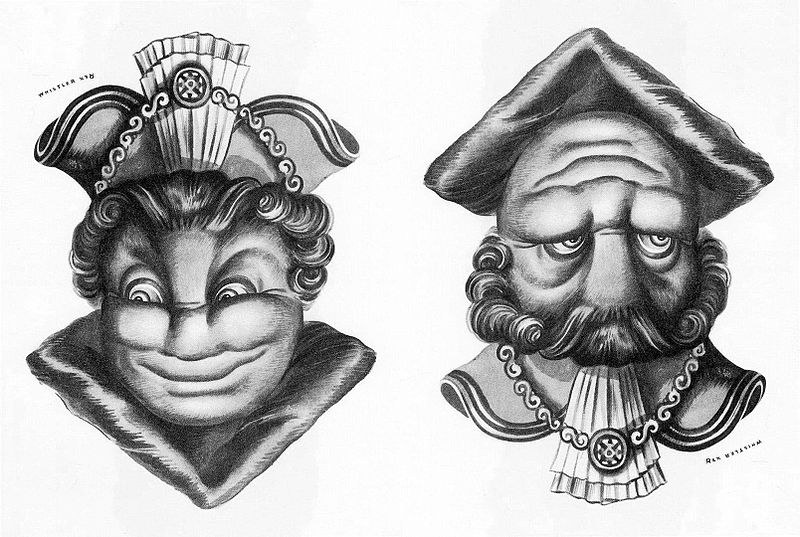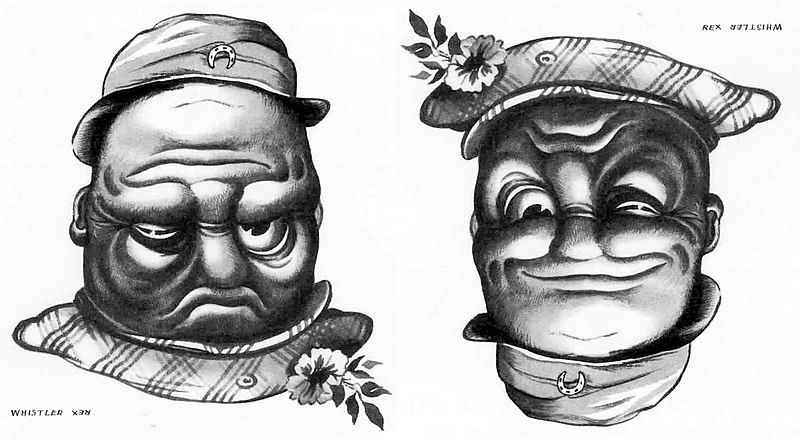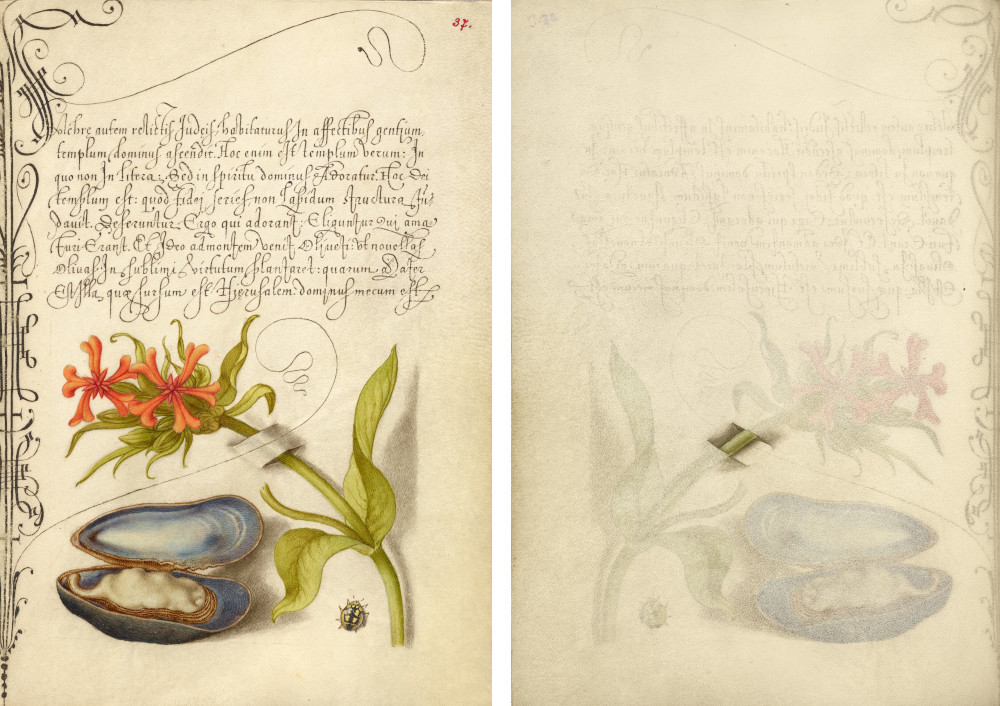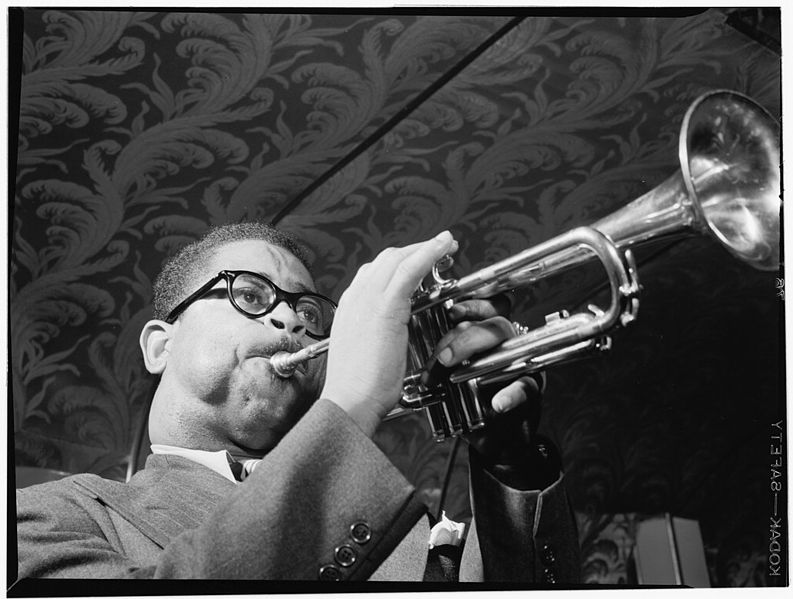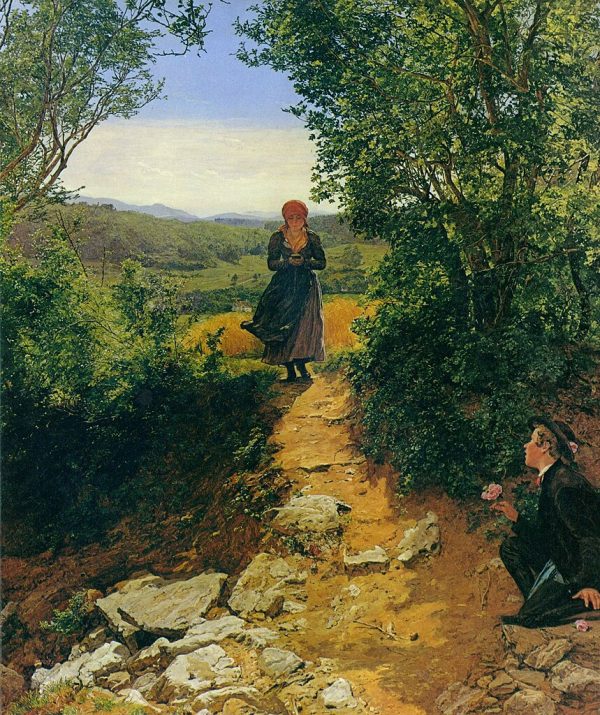When E flat made its entrée into the drawing-room, C and G considered it a third person.
‘It’s a dominant,’ thought A flat, while E natural cried out, ‘I recognize it: it’s my leading tone.’
… But the same holds here as in music where the chord of G sharp has not the same meaning, depending on whether you reach it by way of the sharps or of the flats, and does not sound the same as that of A flat to the sensitive ear, though composed of the same notes.
— André Gide, journal, January 14, 1912

